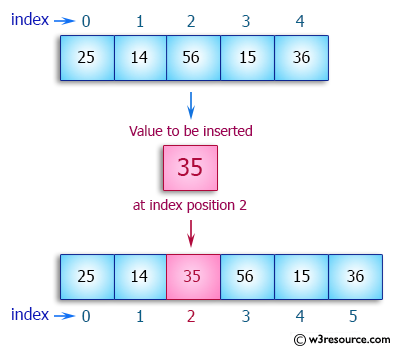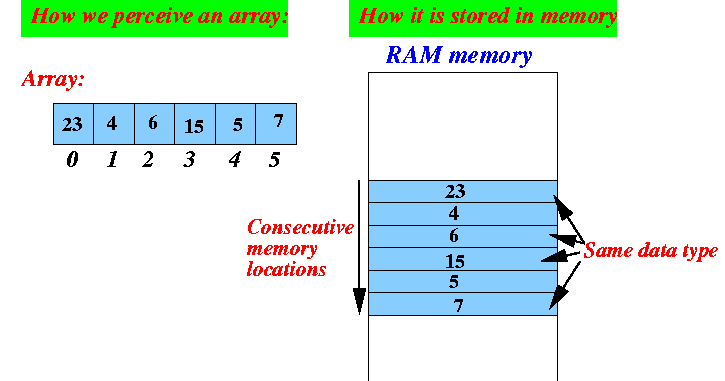

String cities = new String // 2D String array with 3 rowsīy the way, when you initially declare a two-dimensional array, you must remember to specify the first dimension, for example following array declaration is illegal in Java. Int multiples = new int // 2D integer array with 4 rows You can define a 2D array in Java as follows : Instead of one bracket, you will use two e.g.
#JAVA ARRAY OF SETS HOW TO#
If you know how to create a one-dimensional array and the fact that multi-dimensional arrays are just an array of the array in Java, then creating a 2-dimensional array is very easy. How to Declare 2 Dimensional Array in Java? Example You can not change the length of an array, I mean, the number of rows and columns will remain fixed. Similar to the one-dimensional array, the length of the two-dimensional array is also fixed. a multidimensional array can have 2 columns in one row and 3 columns in a second. This is unlike languages like C or FORTRAN, which allows Java arrays to have rows of varying lengths i.e. Java truly doesn't support a multi-dimensional array but allows you to create and use an array of any number of dimensional.Ī two-dimensional array is actually an array of one-dimensional array. In other words, each row in a two-dimensional array is a one-dimensional array. Similarly to represent 3x2 matrices you need 2 two-dimensional arrays of a one-dimensional array of length 3. For example to represent a 3x3 matrix you need a two-dimensional array of 3 one-dimensional arrays each containing 3 elements. Now the question comes when to use a multi-dimensional array? Any real-life example? Well, 2D arrays are very common on platform games like Super Mario Bros to represent screen or terrain 2D arrays can also be used to represent structures like a spreadsheet, or to draw board games like Chess, which requires an 8x8 board, Checkers and Tic-Tac-Toe, which requires 3 rows and 3 columns.Īnother popular application of multi-dimensional arrays is in matrix manipulation. I have never seen 4-dimensional arrays, even 3D arrays are not that common. Two of the most common examples of multi-dimensional arrays are two and three-dimensional arrays, known as 2D and 3D arrays, anything above is rare. When you use array as a parameter of a method, the method receives a copy of the reference to the array.An array of more than one dimension is known as a multi-dimensional array. As an array is a reference type, the value of the array is a reference to the information contained in the array. You can use arrays as a parameter of a method just like any other variable. In such case there wouldn't be anything preventing us from writing a program reading the whole memory reserved for the program.

If java didn't cause the exception when we say array, we would find the data located just before the array in the memory of the program. Some programming languages try to make sure that the programmer doesn't go "in the wrong area". When you access array, 32 bits are read starting from beginning of the array + 2 * 32 bits.

When you create an int array of 4 elements, 4 * 32 bits of memory is allocated to hold the integers. One bit is reserved for the sign, so the largest possible number to present in int is 2 31-1. The size of an int variable in java is 32 bits. This is how you create an Array to hold three integers: In the first one you have to explicitly define the size upon the creating. The values in an Array are called elements. how many values can you place in the Array. The length (or size) of an Array is the amount of these spots, i.e. When the ArrayList runs out of space, a larger space is reserved and the data from the previous space is copied to the new one.Įven though the ArrayList is simple to use, sometimes we need the ancestor of the ArrayList, the Array.Īn Array contains a limited amount of numbered spots (indices) for values. When you create a list, a limited space is reserved in the memory of the computer. In reality there are no magic tricks in the ArrayList - they have been programmed like any other programs or tools offered by the programming language. From the point of view of the programmer, the size of the ArrayList is unlimited.

Perhaps the most important is about adding elements. We've gotten familiar with the ArrayList, which has a lot of functionality to make the life of a programmer easier.


 0 kommentar(er)
0 kommentar(er)
